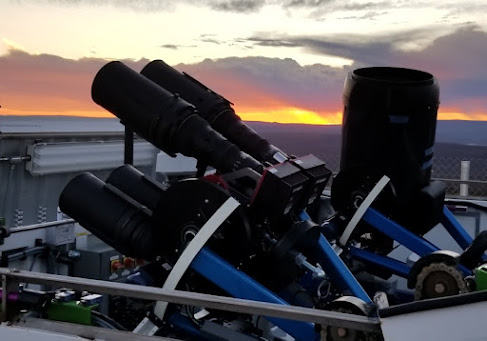A thorough understanding of galaxy evolution depends in part on an accurate measurement of the abundance of metals in the intergalactic medium – the space between stars – but dust can impede observations in optical wavelengths. An international team of astronomers at the University of California, Irvine, Oxford University in England, and other institutions uncovered evidence of heavier elements in local galaxies – found to be deficient in earlier studies – by analyzing infrared data gathered during a multiyear campaign.
For a paper published recently in Nature Astronomy, the researchers examined five galaxies that are dim in visible wavelengths but trillions of times more luminous than the sun in the infrared. Interactions between these galaxies and neighboring star systems cause gas to shift around and collapse, setting up conditions for prodigious star formation.
“Studying the gas content of these galaxies with optical instruments, astronomers were convinced that they were significantly metal-poor when compared with other galaxies of similar mass,” said lead author Nima Chartab, UCI postdoctoral scholar in physics & astronomy. “But when we observed emission lines of these dusty galaxies in infrared wavelengths, we were afforded a clear view of them and found no significant metal deficiency.”

















.jpg)